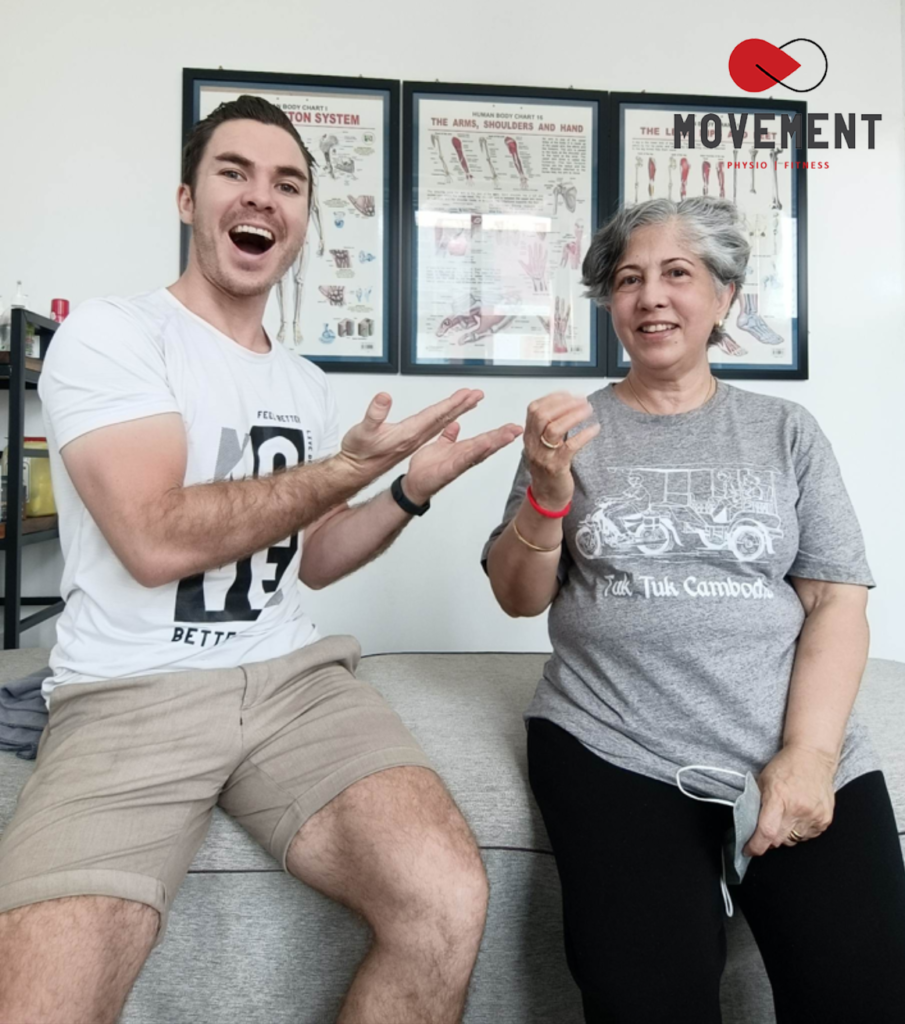As you age, maintaining an active lifestyle becomes not just a choice but a necessity. This comprehensive guide shows you how, after 40, a well-designed fitness routine can enhance and extend your quality of life. It’s not just about staying fit; it’s about living better. Explore why fitness is vital beyond 40 and how you can effectively integrate it.
Why prioritize fitness after 40?
Research underscores that adults between 40 and 64 increasingly face health challenges, with reported declines in both physical and mental health. Regular physical activity can significantly mitigate these risks by:
- Slowing aging: Exercise reduces the pace of the biological aging process, maintaining cognitive function and physical health.
- Increasing longevity: Active individuals have a lower risk of major illnesses like cancer, heart disease, and diabetes.
- Enhancing mental health: Regular exercise reduces symptoms of depression, anxiety, and stress.

Navigating risks and adjusting for safety
As your body changes, so do your exercise needs. Here’s what to consider to stay safe and secure in your fitness journey:
- Injury prevention: Aging reduces bone density and muscle mass, heightening injury risk. Emphasize low-impact exercises, such as swimming or pilates, that maintain fitness without undue stress.
- Nutritional support: Optimal nutrition, particularly adequate calcium and vitamin D intake, supports bone health. Ensure hydration is a priority, as the sensation of thirst diminishes with age.
- Medical consultation: It is crucial to consult with healthcare professionals before beginning any new exercise regimen, especially for those with existing health conditions or new to regular exercise.
Critical components of a mature fitness routine
Effective fitness routines for those over 40 should balance the following elements:
- Strength training: To enhance muscle mass and bone density exercise resistance training, such as weightlifting or body weight, to enhance muscle mass and bone density. Aim for sessions two to three times per week.
- Cardiovascular health: To boost heart and lung function, incorporate aerobic activities such as brisk walking, cycling, or aerobic classes.
- Core stability: Exercises targeting the core improve posture and reduce the risk of back pain.
- Flexibility and balance: Dynamic stretching before activities and static stretching afterward can prevent injuries. Balance exercises, such as tai chi or simple one-legged stands, are essential to prevent falls.
Starting points for fitness after 40
For those looking to begin or modify their fitness journey after 40, consider these steps:
- Professional guidance: Seek a fitness evaluation from a healthcare provider, certified physiotherapist, and personal trainer like Movement. We will help you tailor a plan to your specific health profile and provide the support and guidance you need to succeed in your fitness journey after 40.
- Informed questions: Discuss how to integrate exercise with existing health conditions or medications, adjust dietary needs to accommodate increased activity, and choose exercises that benefit your health most.
Summary
Remember, adopting or continuing a fitness routine after 40 is not just a choice but a key to prolonging and improving the quality of your life. By carefully considering your body’s changing needs and seeking professional advice, you can achieve a balanced, fulfilling, active lifestyle that will keep you healthy and happy for years.
